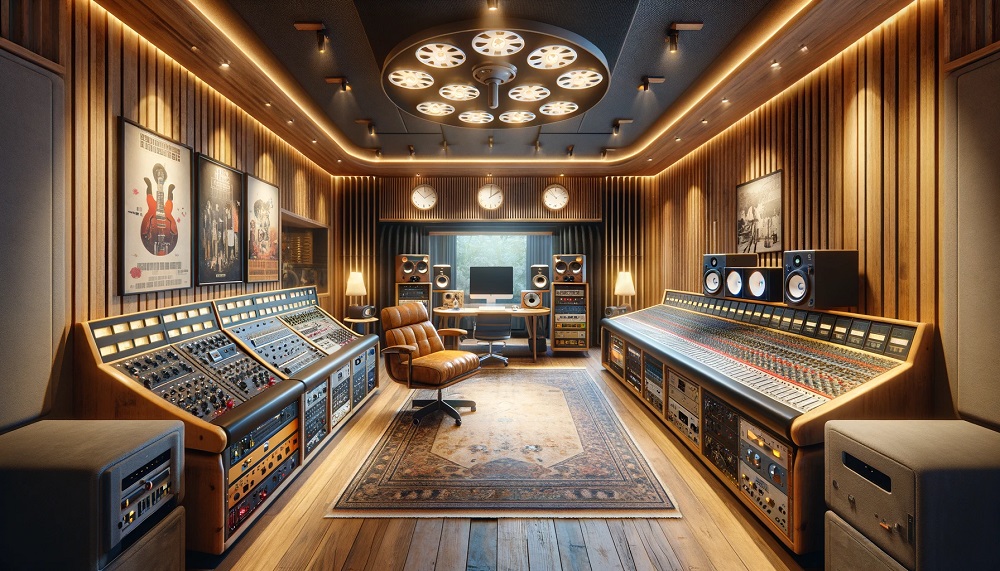For many years, the recording studio has been the focal point of music creation. It has developed from straightforward spaces for collecting sound to intricate centres of innovation and technology. This shift has affected not just the creation of music but also how it is listened to and valued. At first, studios served as locations for musicians to record live performances onto tangible mediums directly. These days, they’re complex settings that combine technology and art to produce soundscapes that were previously unthinkable.
Let’s examine five significant ways that a recording studio in London UK has changed throughout time, providing insight into the cultural changes and technical advancements that have influenced the music business.
Transitioning From Analog To Digital
One of the biggest changes in recording studio technology is the transition from analogue to digital systems. Analog recording transferred sound directly onto tangible media, such as tape, preserving its warmth and richness for future generations. But with unmatched accuracy and adaptability brought forth by digital recording technology, editing, mixing, and mastering procedures are now simpler. This change has democratized music production by making high-quality recordings more widely available and reasonably priced.
The Growth Of Personal Recording Studios
Home studios are becoming more and more popular as a result of the availability of inexpensive recording gear and software. Professional-calibre music may now be produced by musicians and producers in the comfort of their own homes. Aspiring musicians now have easier access to the music industry because of this progression, which has stimulated fresh invention and originality. Artists can record whenever inspiration strikes in their home studio, free from the limitations of typical studio reservations. Home studios are convenient and flexible.
Software And Plugins
Recording studio capabilities have evolved with the advent of advanced recording software and plugins. Producers may now work with sound in ways never before imaginable; for example, they can use virtual instruments to simulate whole orchestras or make real-time pitch corrections. The creative possibilities have increased due to this software-centric approach, which has allowed producers to push the limits of music creation by experimenting with textures and soundscapes.
Recording In Many Tracks
A significant turning point in the development of recording studios was the introduction of multitrack recording. This method makes it possible to capture several sound sources independently, which may then be combined. The process of producing music has been completely transformed by multitrack recording, which offers creators unheard-of control over the finished output. It has made it easier to overlay sounds and create intricate arrangements, which has helped to create new musical genres.
Collaboration And Connectivity
Modern internet technology has made recording studios into collaborative, networked environments. Producers and artists may now work together virtually, exchanging files and collaborating in real-time on projects, no matter where they are physically located. Due to the increased international collaborations brought about by this global connectedness, the music scene has been enhanced by the blending of varied inspirations and ideas.
Final Thoughts
The recording studio’s development is a reflection of larger cultural and technological changes. To keep up with the evolving demands of producers and musicians, recording studios have undergone constant modification. The recording studio plays a crucial part in the creative process, as seen by these changes that have not only affected the way music is created but also defined the sounds that characterize generations.


Recent Comments